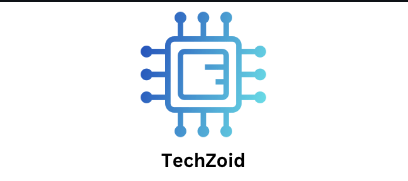Crafting a Professional Image and Building Trust
One of the most immediate and impactful aspects of an office uniform is its ability to project a professional and credible image. A well-designed uniform instantly communicates a sense of order, discipline, and attention to detail, which are vital attributes for any organization. Consider the crisp, clean attire of airline cabin crew, the pristine white coats of medical professionals, or the tailored suits of banking executives. These uniforms aren’t just clothes; they are visual cues that instill confidence and trust in clients, customers, and the public. They suggest that the wearer is competent, reliable, and represents an organization that takes its responsibilities seriously. This professional veneer is particularly crucial in service-oriented industries where first impressions are paramount and customer confidence is directly linked to the perceived reliability of the staff.
Fostering Equality and Eliminating Distractions
Beyond outward appearances, office uniforms play a significant role in fostering a sense of equality within the workplace. In environments where personal attire is left to individual discretion, disparities in economic status or fashion trends can sometimes create subtle divisions or even contribute to an unproductive focus on appearance. Uniforms level the playing field by ensuring that every employee adheres to the same dress code, regardless of their personal financial situation or sartorial preferences. This eliminates the pressure to keep up with fashion trends or engage in competitive dressing, allowing employees to focus their energy and attention on their work rather than their wardrobe. This shared identity can significantly reduce social stratification based on clothing, promoting a more cohesive and harmonious work environment where everyone feels equally valued and belongs to the same team.
A Powerful Branding Tool
An office uniform serves as a living, breathing billboard for an organization’s brand. It’s a tangible representation of its values, ethos, and corporate identity. The choice of colors, fabric, logo placement, and overall design are carefully considered to align with the company’s brand guidelines. For instance, a tech company might opt for a modern, minimalist uniform that reflects innovation, while a luxury hotel might choose opulent fabrics and classic designs to convey exclusivity. Uniforms reinforce brand recognition, making employees instantly identifiable and memorable. This consistent visual presence strengthens brand recall and helps to solidify the company’s image in the minds of its target audience, whether it’s through a delivery driver on the street or a customer service representative in an office.
Enhancing Safety and Practicality
In many industries, uniforms are not merely about aesthetics or branding; they are essential for safety and practicality. In manufacturing plants, construction sites, or laboratories, uniforms are often designed with specific safety features, such as fire-resistant materials, high-visibility colors, or protective elements. They can also incorporate functional designs with specialized pockets, durable fabrics, or ergonomic features that enhance comfort and efficiency for tasks requiring physical exertion or specific tools. This practical aspect is crucial for employee well-being and operational effectiveness. Furthermore, uniforms can simplify the daily routine for employees, removing the stress of choosing an outfit each morning and ensuring they are always dressed appropriately for their work environment. This can lead to increased productivity as employees can immediately focus on their tasks.
Boosting Team Cohesion and Identity
Finally, and perhaps most profoundly, office uniforms cultivate a strong sense of team cohesion and collective identity. When everyone is dressed alike, it creates a powerful visual representation of unity and shared purpose. This can foster a “we’re all in this together” mentality, encouraging collaboration, mutual support, and a shared commitment to organizational goals. For new employees, donning the uniform can be a symbolic rite of passage, helping them to quickly feel like an integral part of the team. This shared identity can lead to increased morale, a stronger sense of belonging, and ultimately, a more productive and engaged workforce. The uniform becomes a symbol of the collective, fostering pride in one’s role and the organization as a whole.
Conclusion
The specialness of an office uniform extends far beyond its functional purpose. It is a powerful tool that shapes perception, fosters equality, reinforces brand identity, ensures safety, and builds a cohesive team. In a dynamic business landscape, where differentiation and a strong organizational culture are key to success, the humble office uniform stands as a testament to the enduring power of visual representation and collective identity. It transforms individual employees into a unified force, speaking volumes about the professionalism, values, and strength of the organization they represent.
